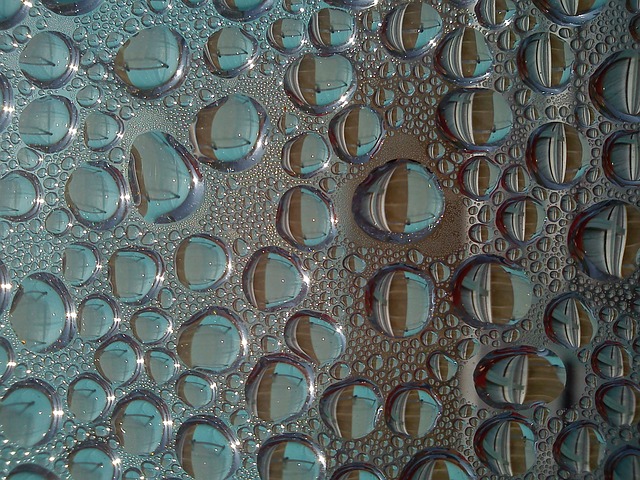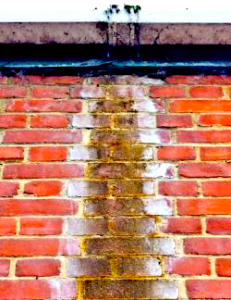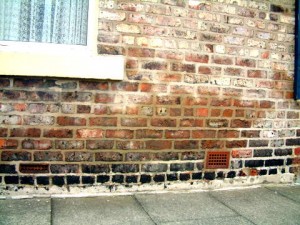There is a distinct difference between dampproofing and waterproofing but people use it interchangeably without event know what they mean.
Dampproofing is intended to keep soil moisture out while waterproofing keeps out both moister and liquid water. Buildings have been dampproofed for years, a practice that is usually mstakenly referrred to as waterproofing.
The International Residential Code (IRC), in Section R406, specifies the conditions that require either dampproofing or waterproofing. Any concrete or masonry foundation walls that retain earth and enclose interior spaces and floors below grade shall be dampproofed from the top of the footing to the finished grade.” The IRC then provides a whole list of the permissible materials, which include bituminous coating and acrylic modified cement. Waterproofing is only required by the IRC “in areas where a high water table or other sever soil-water conditions are known to exist”.
Dampproofing is a coating, that is usually asphalt-based, either sprayed on or hand applied to the outside of the wall. Even though it is less frequently recommended in modern residential construction, it is still n acceptable form of treatment in many situations. The drawbacks include an inability to seal larger cracks or holes left by form ties and the potential for damage by coarse or careless backfill. However; with proper surface draining, correctly installed foundation drains at the footing, and the absence of hydrostatic pressure to drive water infiltration, damp proofing can supply adequate and long-lasting protection for many crawl spaces and basements.
Waterproofing a foundation requires the same amount of care as dampproofing in regard to surface treatment and drain pipe, but it is more demanding when it comes to treating the wall itself. If there is any doubt about whether or not to use dampproofing, it might be best to spend the extra time and money to waterproof, particularly for a habitable space.
Local conditions vary widely according to state and city and these can help you to determine the right choice for preventing water infiltration. Some areas with drier climates and lower water tables, generally have basements built with foundation walls that may be 10ft tall. Wet areas, with high annual rainfall, high water tables, and no frost in the soil, would probably use slab-on-grade foundations. These might seem like good ideas but even these foundations need protection to keep moisture from migrating up from the ground through the lab. You also need to consider to topography – a walkout basement built into a hill has a good opportunity to use gravity to move sub-surface water away, but a full basement on a flat piece of land in a wet area might need to use mechanical means due to absence of well-drained soil.
The foundation wall and the use of the interior space will also determine which method you need to use in order to protect your foundation. If you have a 36-inch for an unheated crawlspace, on well-drained soil and using a gravity drain, then dampproofing will do just fine. If you have a finished basement with 10-foot-high foundation, you might need a fully waterproofed foundation wall system.
In short, the main difference is that dampproofing only retards moisture and it can’t stop ahead of water bearing against the foundation, while waterproofing completely seals your foundation from moisture and liquid water.
Key differences between Dampproofing and Waterproofing
Dampproofing |
Waterproofing |
|
Material: |
Unmodified asphalt. | Polymer-enchanced asphalt membrane or all-polymer composition. |
Original Function: |
Originally developed as a type of primer to prepare road surfaces and to protect basements. | Designed specifically for moisture protection on block and poured wall foundations. |
Thickness: |
Less than 10mm when cured | Minimum of 40mm when cured |
Resistance to hydrostatic pressure: |
Unable to permanently resist water flow under hydrostatic pressure. | Resists water flow under hydrostatic pressure. |
Stability underground: |
Extremely brittle at low temperatures. | Retains elasticity at low temperatures. |
Crack bridging: |
Little to none | Can span cracks of 1/16″ |



